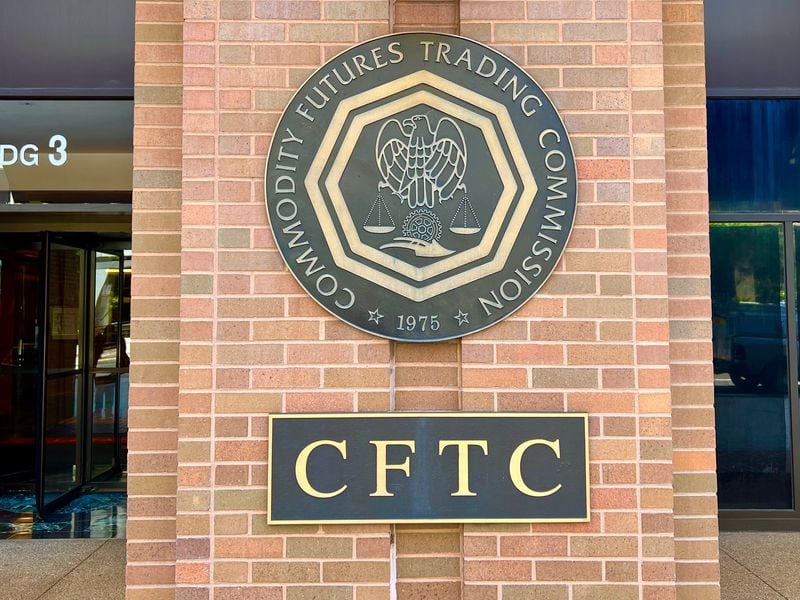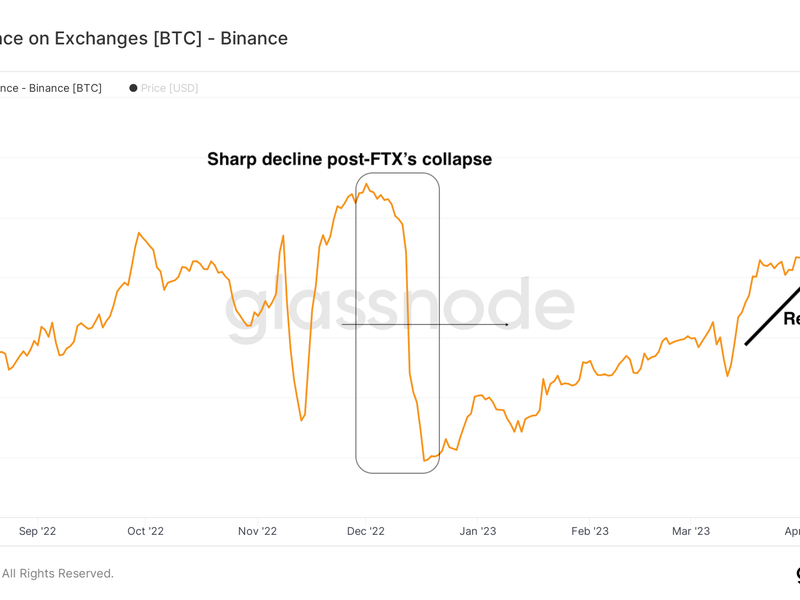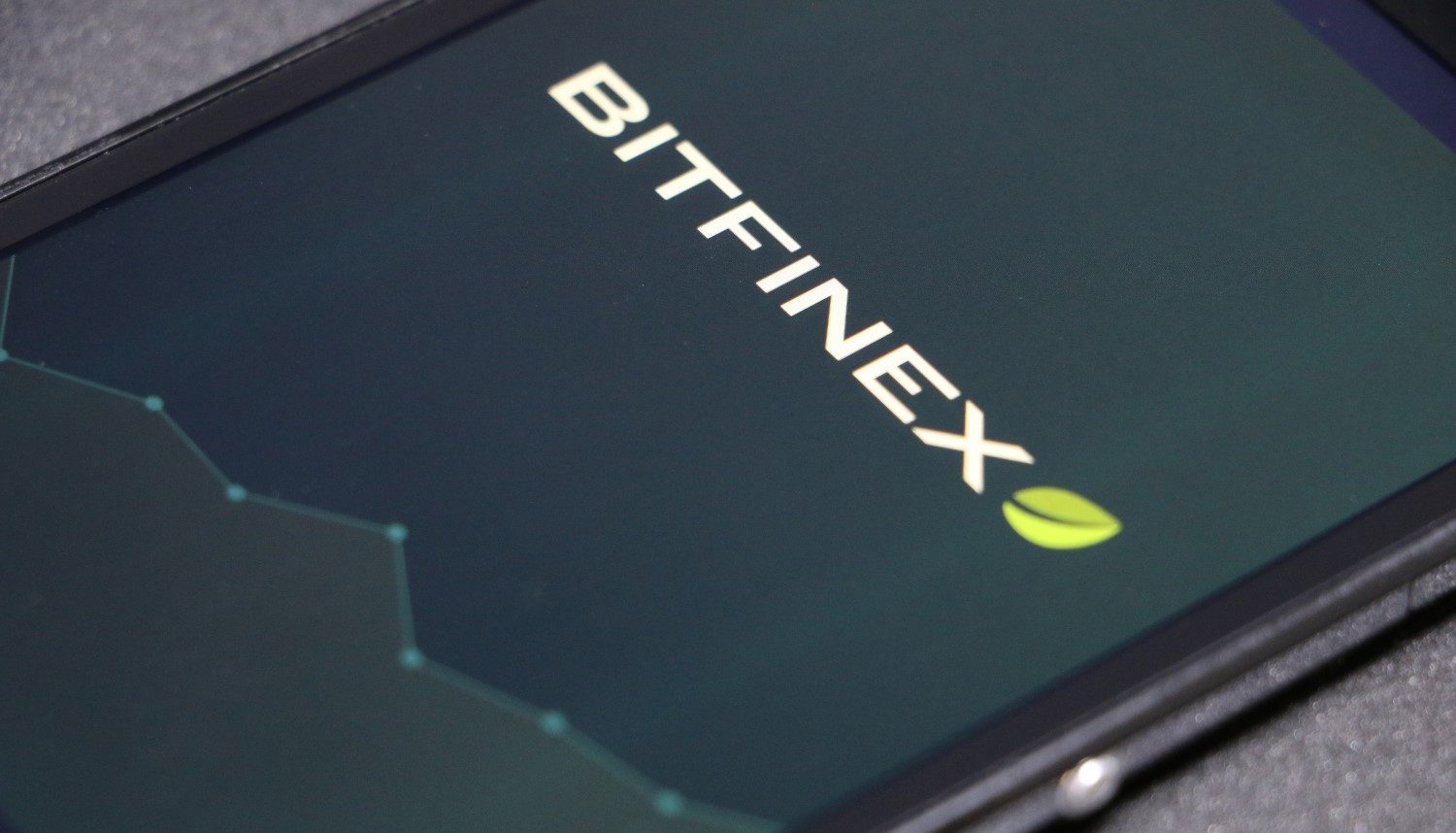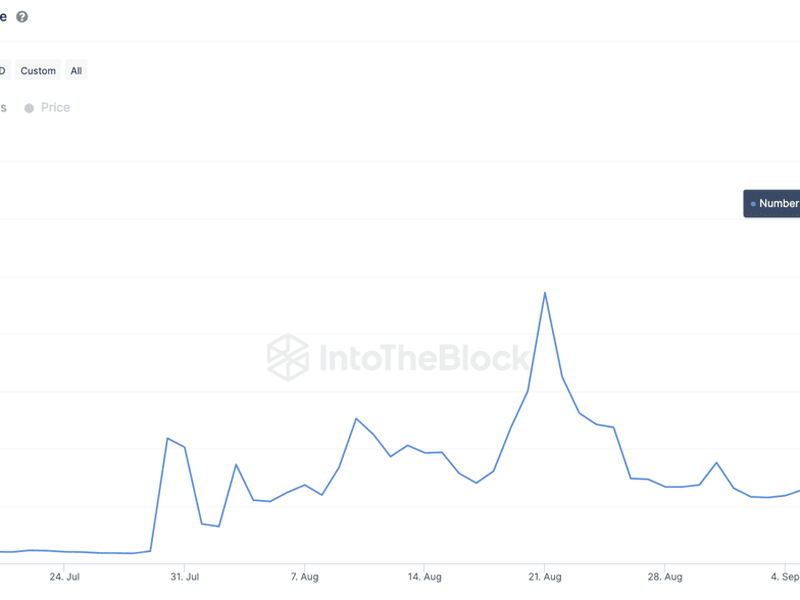BIS Paper Says There’s Potential to Embed Regulation Into Stablecoin Systems
BIS Paper Says There’s Potential to Embed Regulation Into Stablecoin Systems
Regulatory responses to private, “global” stablecoins like Libra need to take into account the potential of the technology in payments, according to economists working at the Bank for International Settlements (BIS)
In a new working paper published Tuesday, Raphael Auer and Jon Frost, as well as Melbourne Law School finance lawyer Douglas Arner, drew a line between centralized and decentralized stablecoins, and said the potential of Libra to quickly be adopted by hundreds of millions of Facebook product users means regulators will need to adapt quickly.
But the need to protect economies, the monetary system and consumers “does not preclude public authorities themselves from embracing innovation.” Global stablecoins offer benefits in cross-border payments in particular, according to the paper, and can challenge existing types of payment in e-commerce.
Stablecoins are generally cryptocurrencies that attempt to maintain a value linked to fiat currencies, such as the U.S. dollar, or other assets.
The paper argues that technology in general offers the potential to increase supervision and provides the necessary tools for implementing and enforcing financial regulation. Specifically, stablecoins present the option to implement supervisory requirements and frameworks into the systems that operate them, paving a way for “embedded supervision.”
“Direct automated provision of data as a licensing or registration requirement for digital payment systems and markets provides an important opportunity to better use technology to achieve regulatory and supervisory objectives as well as reduce costs for market participants,” the authors said.
Stablecoins, particularly decentralized ones, also bring the possibility of building “a robust monetary instrument” into blockchain applications, such as for programmable money.
The paper further examined whether alternative methods of payment, such as central bank digital currencies or fast payment systems, would be better suited to for the “functions that stablecoins seek to address,” concluding they may be more effective “in many cases.”
Still, baking frameworks for supervising and monitoring transactions directly into stablecoin systems has the potential to enhance the achievement of regulatory objectives, the authors said.
Ironically, the technology was “initially … targeted with making the role of regulation unnecessary,” they wrote.









